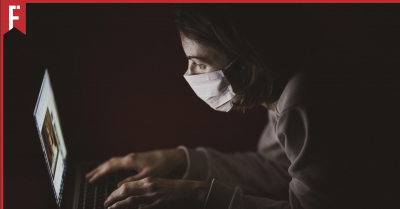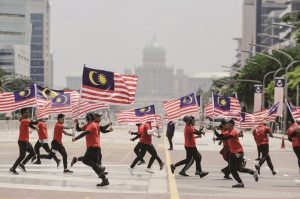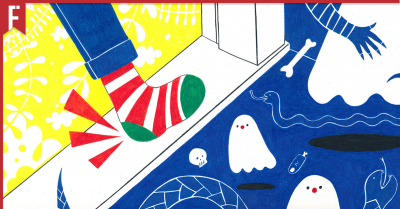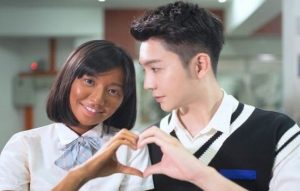
Diyas lit up to dispel darkness and celebrate the good. | Source
“Amma what is the difference between deepavali and diwali?”, my voice cracked a little while the sesame oil dripped down my neck. Woken up early, an oil bath is taken as a customary ritual before the sunrise on the day of Deepavali. The sandal wood aroma filled our spick and span abode that was cleaned a week prior to the big day. Arranged outside were the clay lamps and beautifully drawn Kolam that emanated a warm welcome.
My mum sighed and a chuckle was let out. Fully aware of my thoughts being tangled like the murukku, she then patiently explained to me the differences which is what I’ll be doing in this article.
The Differences
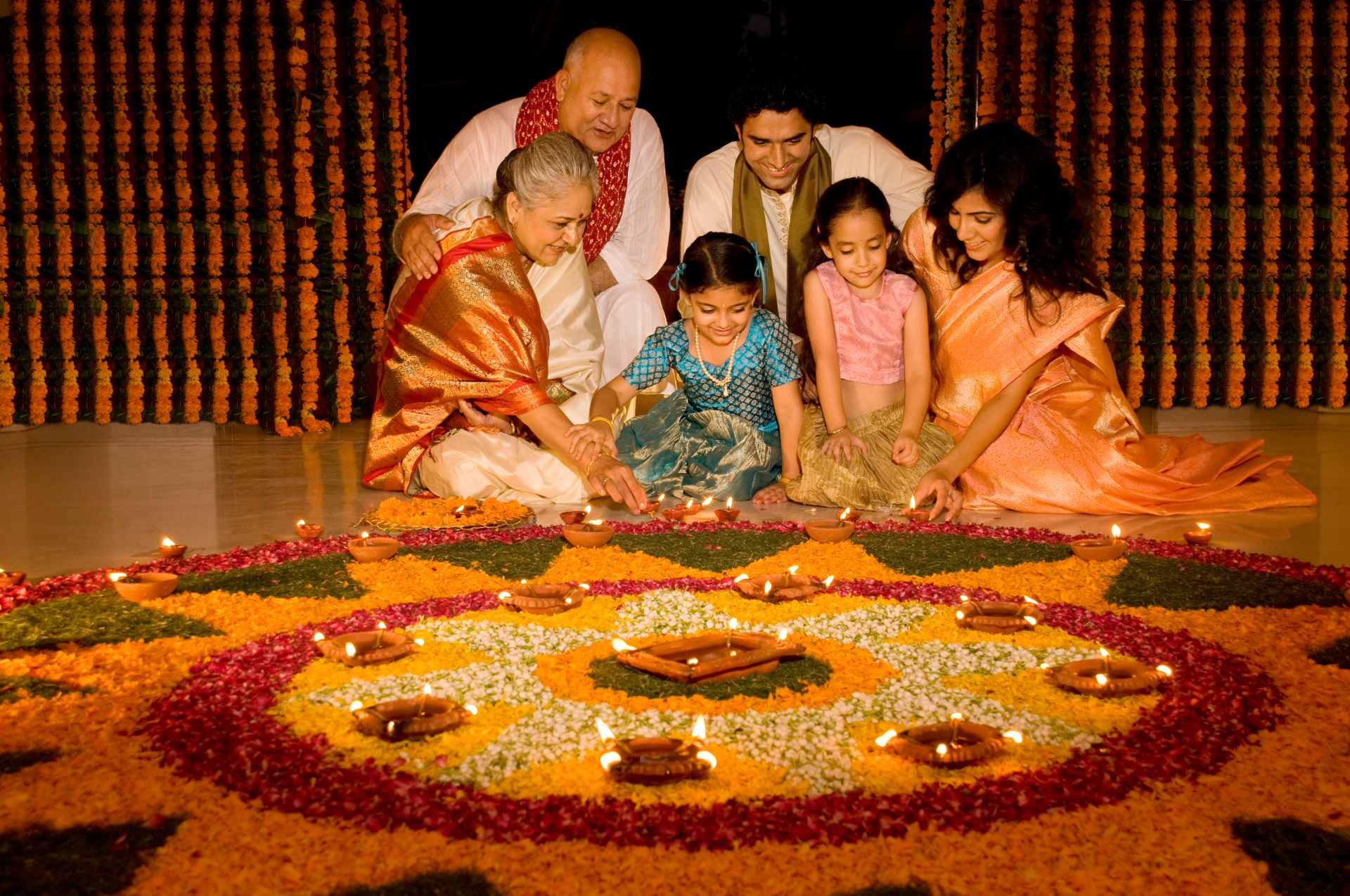
Ever sat down and wondered why there is more than one way to greet your indian friends?
Deepavali or Diwali is celebrated on the 15th Day of Kartika. This 2020, Deepavali falls on the auspicious Saturday, November 14th. The word Diwali is derived from the sanskrit word Dīpāvali. Taking it apart, the word “dipa” means “light” or “lamp” whereas the word “avali” means “a series” or “row”.
Together they mean a series of lights hence, Deepavali or Diwali being called as the Festival Of Lights. The South Indians are leaning towards the usage of Deepavali whereas the North Indians use Diwali as a moniker for the colourful festivity.
The Origins
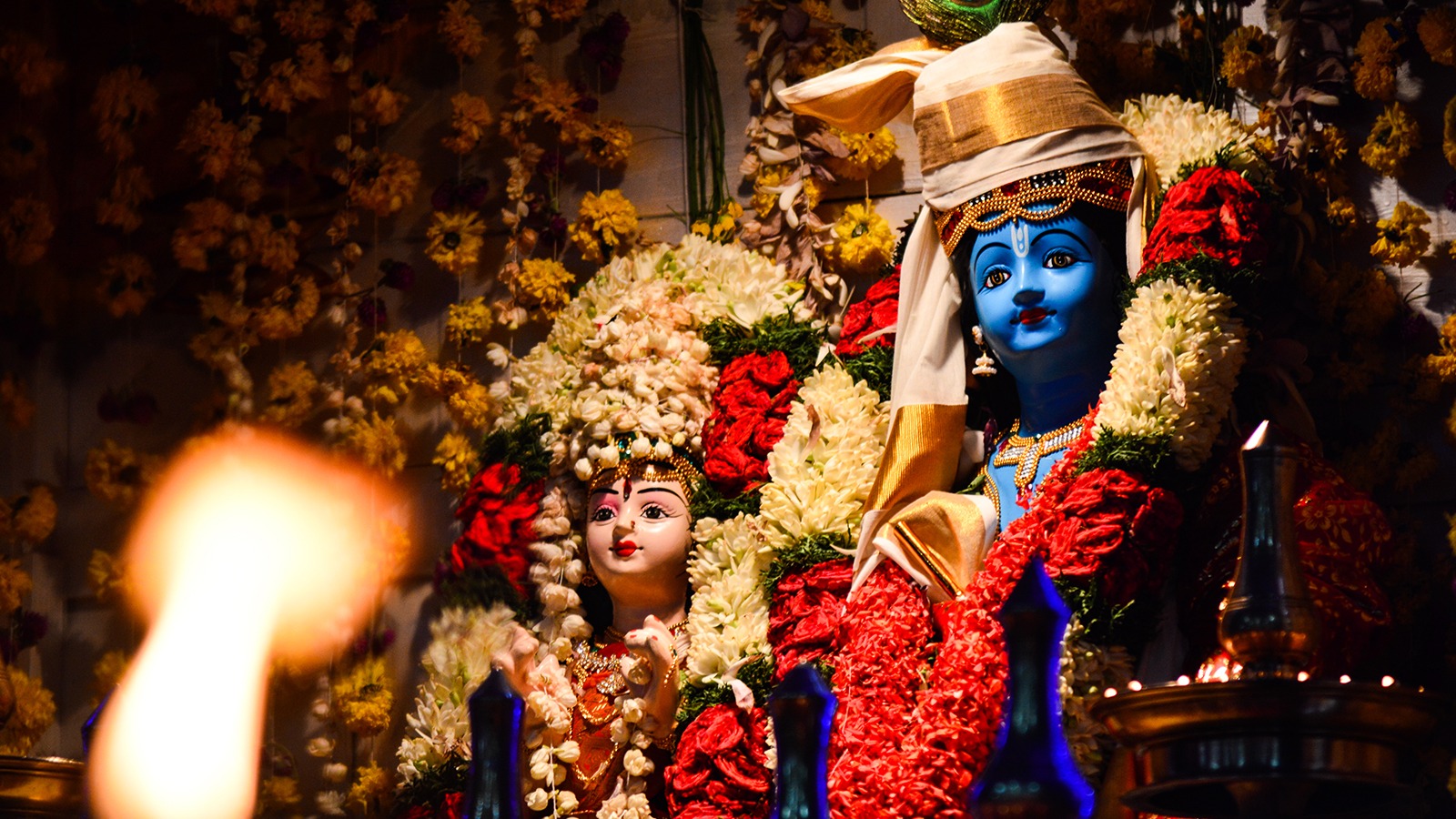
Besides the prominent differences in etymology between Deepavali and Diwali, there is also a good distinction of historical and spiritual meanings.
First, let’s talk about Deepavali.
According to the South Indians, Deepavali is associated with Lord Krishna. I remember vividly standing in complete awe when I first saw the statue of Lord Krishna decorated in striking yellow and orange artificial flower garlands. Painted in blue-ish hues with his golden flute, It was truly a feast for my eyes.
The first day of Deepavali is the Naraka Chaturdashi Day which is commemorated to mark the triumph of divine Krishna finishing off the demon Naraka that was oppressing people for his own selfishness.
Naraka’s ruling were seen as the dark days and Lord Krishna eliminating Naraka is seen as a pathway to good and light. Thus, the oil lamps are lit on Deepavali as a reminder that darkness can only be removed with light.
With a different twist, the North Indians link Diwali to the Indian epic, Ramayana. Deprived of his rights to the throne and banished to the forest for 14 years, it tells the bold story of Lord Rama. After defeating a dark demigod king of Lanka named Ravana, Lord Rama returns with his wife, Sita and brother Lakshmana to claim his rightful throne.
The triumphant return was said to be celebrated with glorious firecrackers and diyas were put up to light their homes. It has since become a Diwali tradition and a part of the culture.
The Complex Community
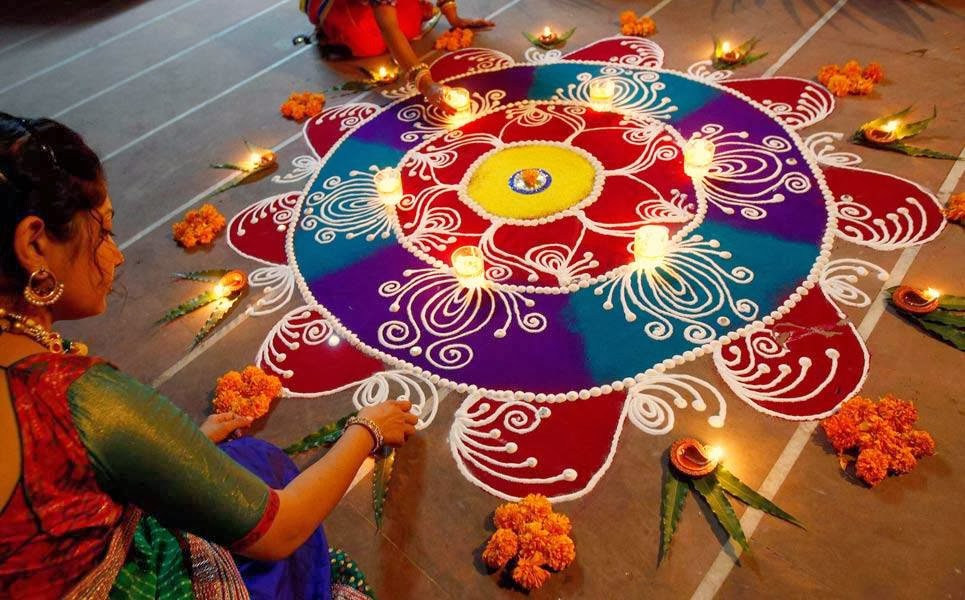
Speaking of culture, us Malaysians with our unity and pure intention are fond of wishing every Indian friend with the greeting “Happy Deepavali and Diwali”. We may or may not be aware of this but the Malaysian Indian community does not only comprise of the Hindu Tamils but it’s far more complex than that.
Malaysia is home to the Malayalees, Telugus, Punjabis, Bengalis, Sindhis and Gujaratis who are not all practicing Hindus. Some of them practice Islam, Christianity, Sikhism, Buddhism, Jainism and others.
Wait, does that mean I should stop wishing my Indian friends “Happy Deepavali or Diwali”?
Well, at least to me, I believe that every Malaysian Indian appreciates the well intention and thought that goes behind a festive greeting. And I am sure almost every Malaysian rides on the thrill of open houses, delectable desserts and shimmery garments.
Although the chances of offending a Malaysian Indian with the greeting “Happy Deepavali or Diwali” is low, it wouldn’t hurt to learn when and how to wish your non-Hindu Indian friends. It also shows that you care about their culture and religion as much as they do.
So, how do I wish them?
Here’s a little handbook for you to refer to:
1) Malayalees
The most significant celebration for this community is the harvest festival, Onam (Aug to Sept) and the Malayalam New Year Vishu (mid April).
2) Punjabi Sikhs
For Punjabi Sikhs, the day of Bandi Chhor Divas and Vaisakhi (mid April) carries a great importance.
3) Sindhis
For Sindhi’s celebrating Deepavali or Diwali is known as Diyaree to them. The Cheti Chand is also celebrated hugely by the Sindhi community.
4) Indian Christians
Well, you already know the big two, “Happy Easter” and “Merry Christmas”.
Now that you briefly know the diverse celebrations and festivities of Malaysian Indians, don’t get caught off-guard if one of your Indian friends told you that they don’t celebrate Deepavali.
The Merriment Never Ends
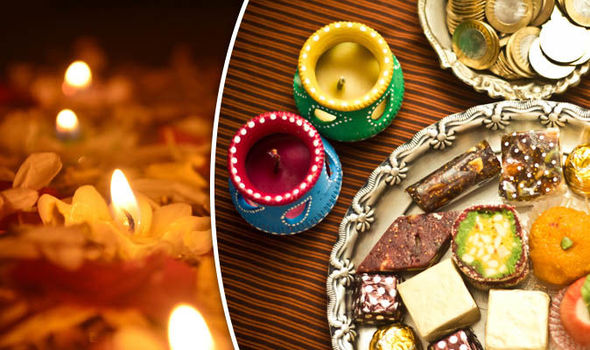
Regardless of whether you call it Deepavali or Diwali, at the end of the day it all comes down to choosing light over darkness, choosing to see the good in people and spreading positivity. Let’s end the final quarter of the year with a boisterous celebration and lingering laughter. With an abundance of savoury Indian sweets and magnificent firecrackers, may this Festival of Lights bring you infinite joy and love.
While we are on the subject of all things sweet and sugary, remember to take care of your health by reading this article on here.

